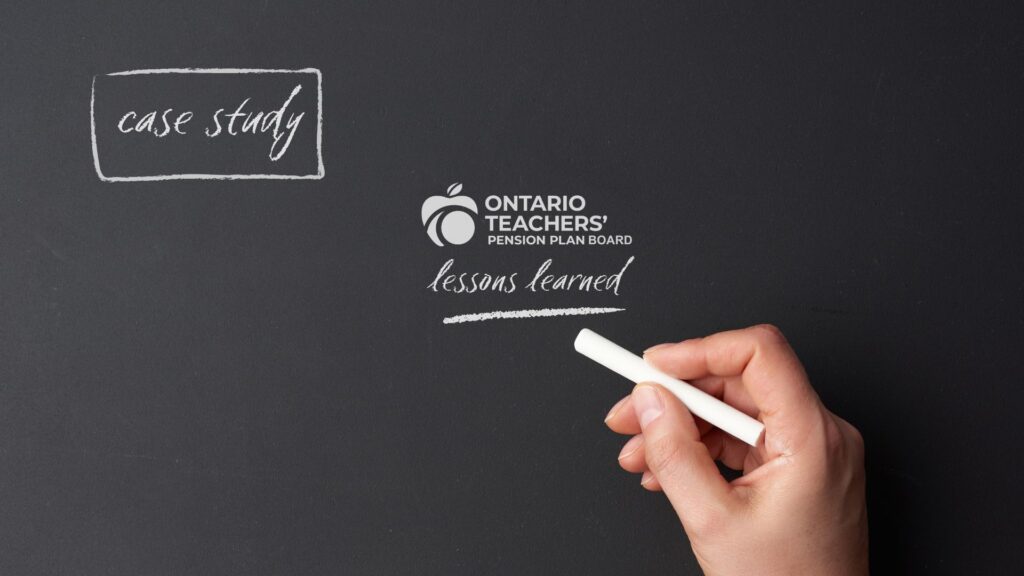Ontario law requires employers to investigate harassment and safety complaints in the workplace, but offers little direction on what comes next.
Let’s take a common example:
Sally files a complaint about her new manager, Wanda.
- Since Wanda took over, three employees have left the company.
- Sally reports workplace harassment and describes a toxic work environment.
- The company takes the right first step: it launches an investigation.
- The outcome confirms Sally’s claims, but the company doesn’t terminate Wanda.
- Why? Because her role is business-critical and leadership believes the situation can still be managed.
Now what?
This type of outcome after an investigation can be quite common, and leaves employers, and their legal advisors, in uncertain territory, especially when investigation findings are upheld, but termination isn’t on the table.
Systemic discrimination refers to engrained policies, practices, or workplace cultures that disadvantage certain groups based on protected grounds under the Code. Unlike isolated incidents of discrimination, systemic discrimination is often embedded in hiring, promotions, pay structures, and disciplinary policies. It is discrimination that occurs over time and affects an entire organization.

The post-investigation gap
There’s a clear gap in the law when it comes to post-investigation steps.
And that gap can lead to:
- Confusion around process and accountability
- Misuse or misunderstanding of the information collected
- Lower morale and productivity
- Increased legal risk
- A harder road back to a healthy workplace culture
In Ontario, “just cause” termination is a high bar. Even if someone’s conduct was inappropriate, that may not mean automatic dismissal. So if termination isn’t the answer, reconciliation may be the next best step.

What does workplace reconciliation look like?
If your organization is looking for a path forward after an investigation, here are several practical steps to consider:
1. Assessment and planning
- Review the investigation findings carefully.
- Identify the core issues and sources of conflict.
- Consider the severity of the situation and what outcome is realistic.
- Decide whether facilitated mediation or third-party support is appropriate.

2. Facilitated dialogue
- Use trained professionals to guide conversations, especially when trust has been damaged.
- Set clear rules of engagement: confidentiality, respect, and equal opportunity to speak.
- Create a safe environment where both parties can be heard without judgment.

3. Address the root causes
- Take a hard look at what led to the complaint in the first place, are there broader issues at play?
- Offer respectful workplace and anti-harassment training.
- Review and update policies as needed to reflect expectations and values.

4. Monitor and support
- Keep an eye on workplace dynamics post-investigation.
- Offer ongoing support and check-ins with those involved.
- Schedule follow-up meetings to assess how things are progressing.

5. Document everything
- Keep detailed records of all reconciliation efforts.
- Document any agreements or next steps clearly.
- Always ensure compliance with employment laws and human rights standards.

Final thoughts
Every investigation leaves a mark. The question is how you respond.
Employers who take a thoughtful, strategic approach to reconciliation help rebuild trust, morale, and accountability across the organization. That might involve training, team-building, or simply creating space for honest conversations. The right steps will depend on the nature of the complaint and the willingness of staff to move forward professionally.

Still have questions? We can help.
If you’re navigating the aftermath of a workplace investigation and unsure what to do next, Greenwood Law is here to help. We work with employers to design post-investigation plans that are both practical and legally sound. Reach out to discuss your next steps.





